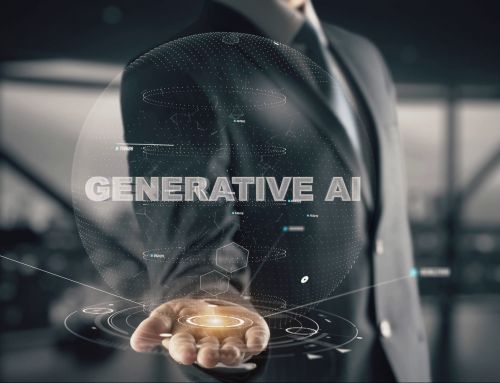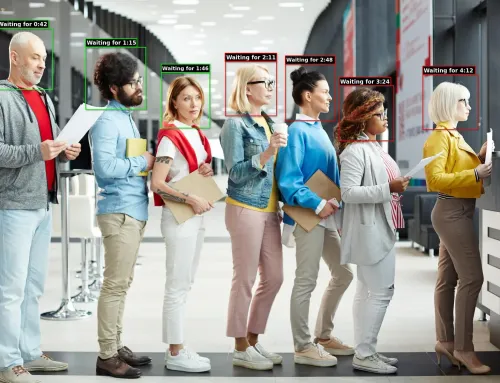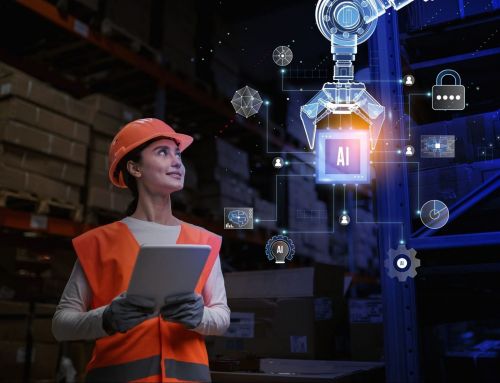Revolutionizing Transportation and Traffic Management with Artificial Intelligence
Artificial Intelligence (AI) has transcended from the realm of science fiction to a vital tool in our daily lives, and the transportation industry is no exception. According to a study in marketsandmarkets.com, the AI in transportation market was valued at USD 1.00 Billion in 2016 and was projected to grow at a CAGR of 17.87% during the forecast period which is from 2017 to 2030. In the quest for more efficient and safer transportation systems, AI has emerged as a game-changer. From enhancing vehicle safety to optimizing traffic flow, AI is revolutionizing the way we move and manage traffic. This blog delves into the various aspects of AI integration in transportation and traffic management.
Artificial Intelligence for Vehicle Safety and Passenger Counting
AI technology plays a pivotal role in ensuring vehicle and passenger safety by monitoring and improving driver behavior. Advanced systems equipped with AI can detect whether a driver is wearing a seatbelt, identify mobile phone use, and even alert drivers if they are showing signs of drowsiness or distraction. These real-time interventions not only enhance the safety of passengers but also contribute to overall road safety. Moreover, AI is now proficient at passenger counting within vehicles, which is crucial for public transportation and service optimization. With the help of cameras and sensors, AI can accurately track the number of passengers boarding and exiting vehicles, allowing for better resource allocation and route optimization.
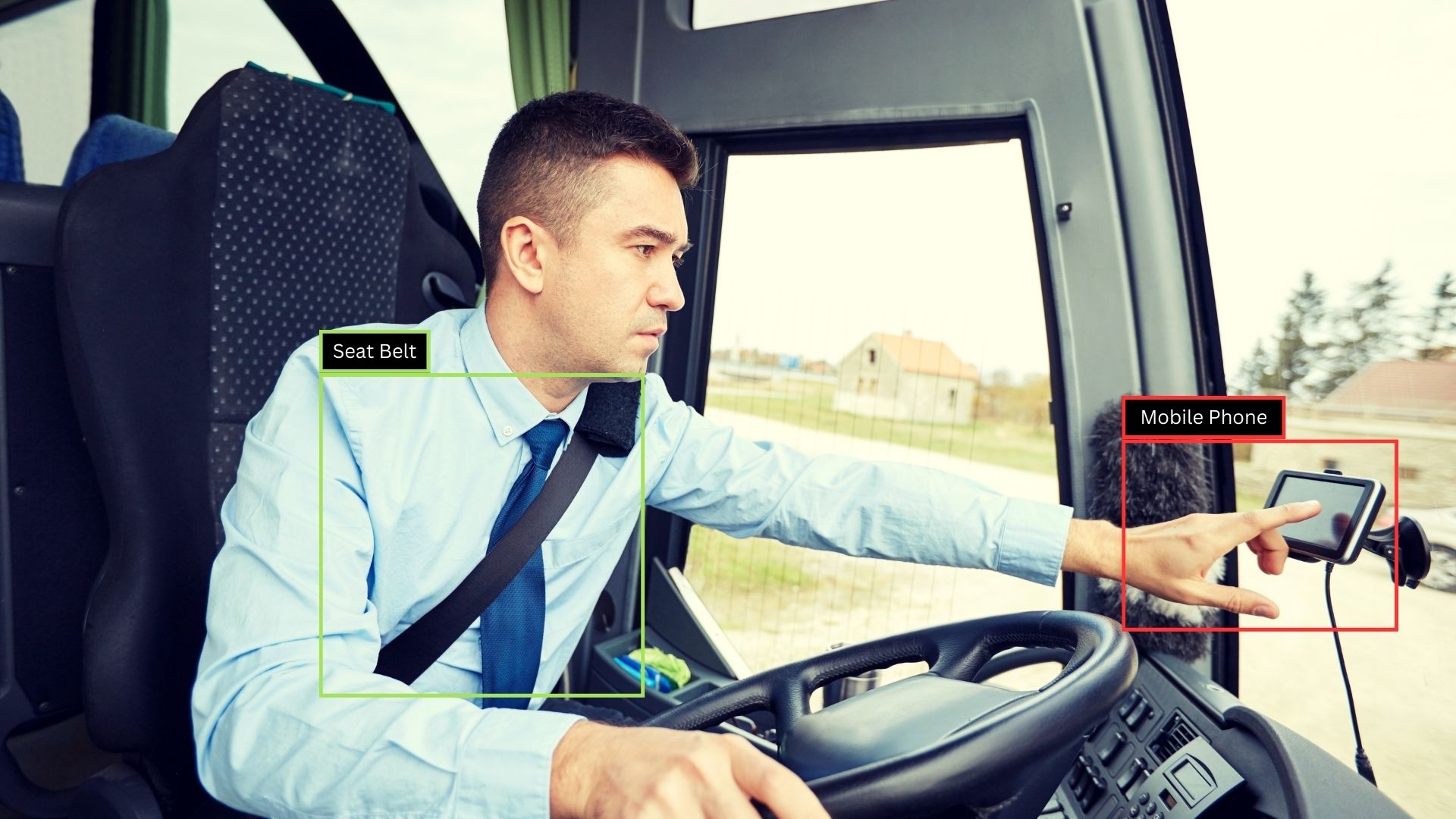
Artificial Intelligence for Road Safety
AI is invaluable for road safety through various applications, including speed limit detection and the detection of dangerous situations. AI-driven cameras and sensors can automatically identify speed limit signs and compare them to the vehicle’s actual speed, helping enforce speed limits. Additionally, AI can recognize hazardous situations such as sudden lane changes, illegal U-turns, driving on the wrong side, or obstacles in the roadway, triggering immediate alerts to both drivers and traffic management centers.

Artificial Intelligence for Railroads and Tunnels
AI extends its influence to railroads and tunnels, areas often overlooked in terms of technological advancements. AI systems are being used to monitor rail networks, predict maintenance needs, and even optimize scheduling for trains. In addition, these systems can serve to monitor both railway crossings to ensure they are free from obstructions and areas in proximity to tunnels or rugged cliffs, where the risk of falling rocks is significant. Tunnel safety is enhanced through AI’s ability to monitor air quality, detect incidents like fires or accidents, and facilitate rapid response to emergencies.
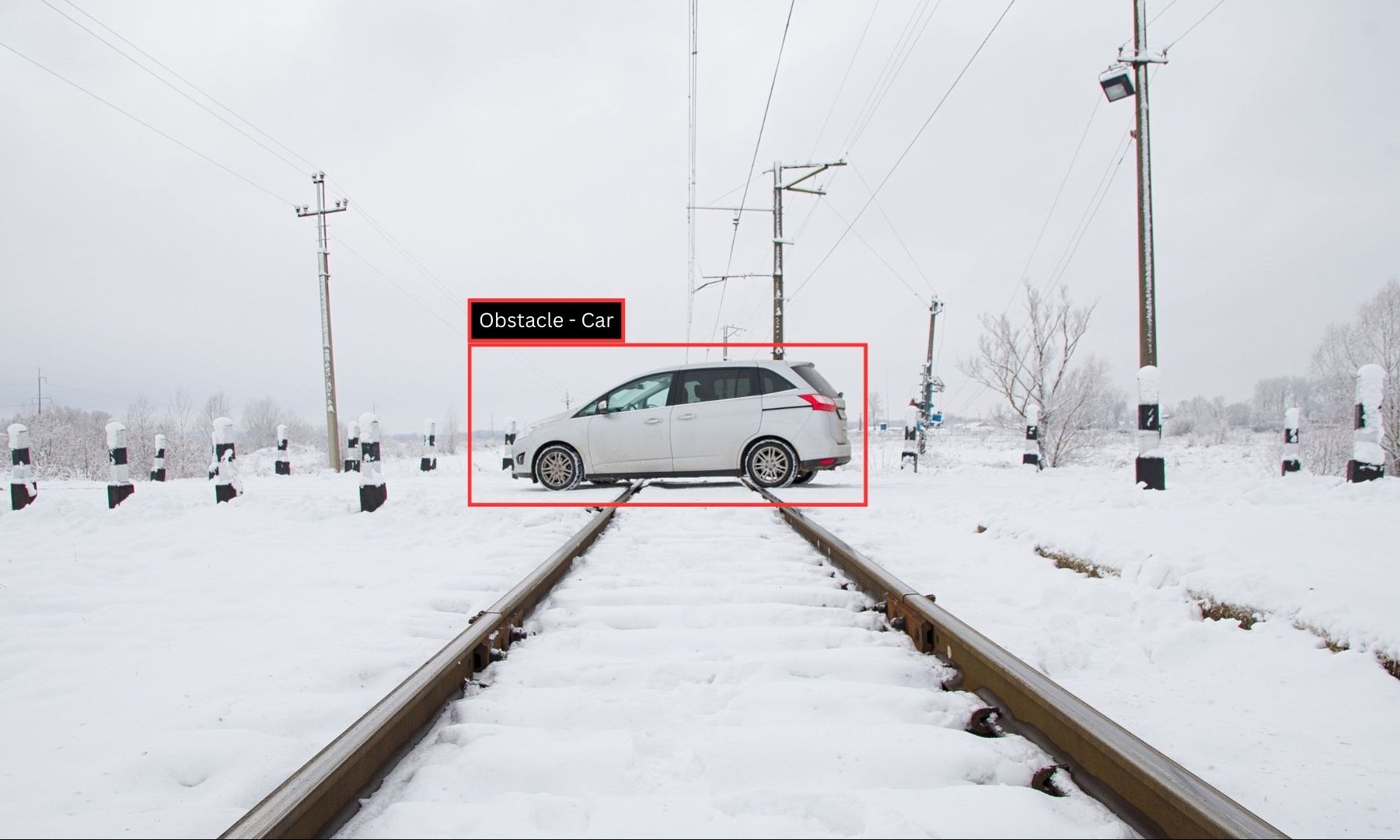
Artificial Intelligence for Transportation Hubs
Transportation hubs like airports and bus terminals benefit significantly from AI applications. AI can optimize baggage handling, security screening, and passenger flow, making travel more efficient and hassle-free. Facial recognition technology can expedite boarding processes, while AI-driven analytics provide real-time data on passenger volumes, enabling staff to make quick adjustments to operations.
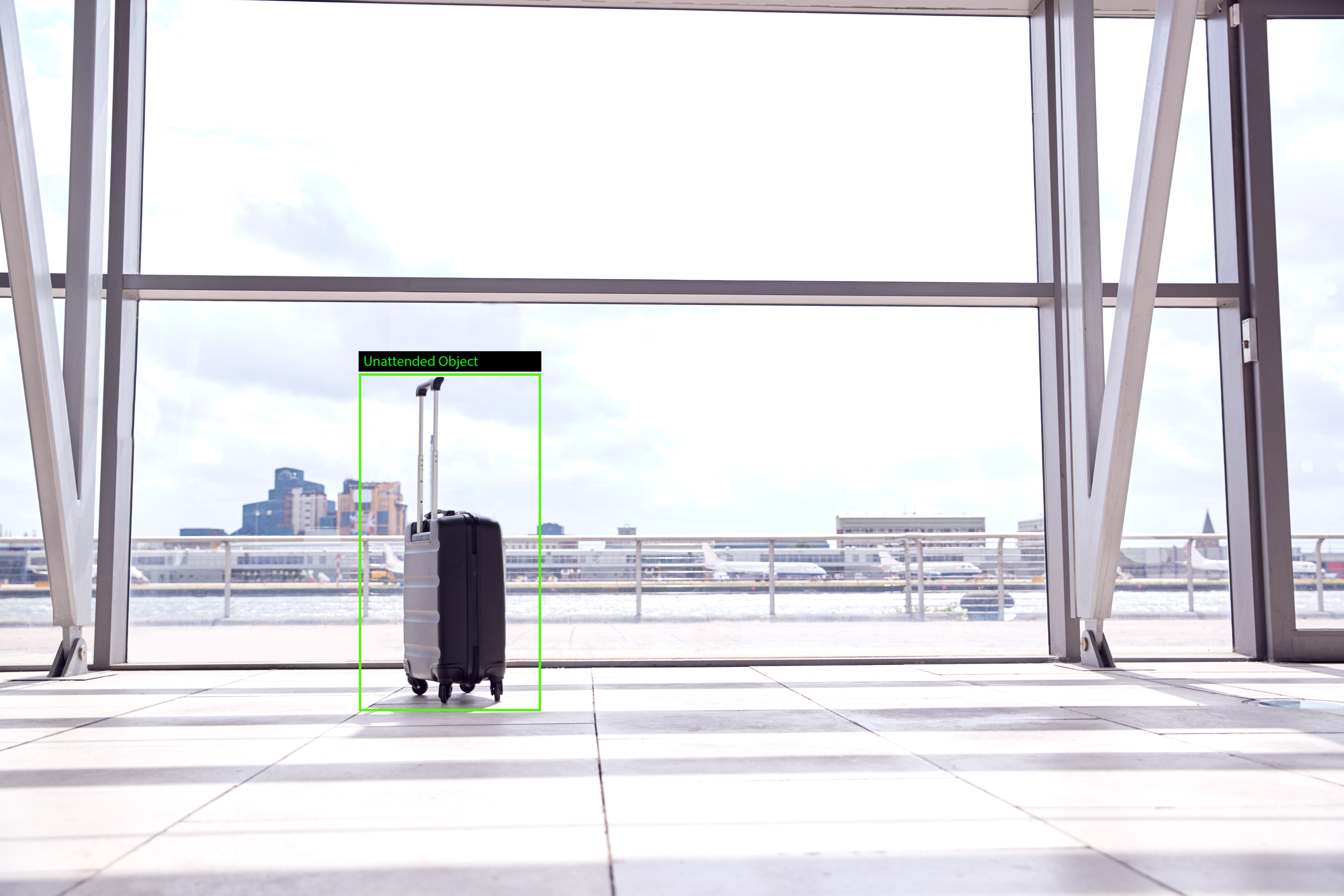
Artificial Intelligence for Stops
Bus stops, tram stations, and other public transportation points are becoming smarter with AI. With the implementation of advanced AI systems, these stops can now detect various critical situations. AI can be employed to identify instances of individuals falling at bus stops, rapidly alerting emergency services to provide immediate assistance, potentially saving lives. Furthermore, AI can monitor passenger volumes at bus stops, helping to identify overcrowded situations. When a stop becomes excessively crowded, AI can send real-time alerts to authorities, enabling them to allocate additional vehicles to that specific route, ensuring a smoother and more efficient transportation service. Additionally, AI can be used to spot instances of illegal parking at bus stops, helping to maintain traffic flow and ensuring passenger safety. These AI-driven capabilities are transforming the way we experience public transportation, making it safer, more efficient, and more convenient.
Artificial Intelligence has ushered in a new era in transportation and traffic management. From improving vehicle safety and monitoring passenger counts to enhancing road safety, optimizing railroads and tunnels, streamlining transportation hubs, and upgrading stops, AI technologies are reshaping the way we travel. For those looking to maintain a competitive edge, embracing AI’s advantages is essential.
At this point, Cordatus is available to provide comprehensive Artificial Intelligence solutions for your transportation needs. By registering and engaging with Cordatus, you can swiftly access the benefits mentioned above. Step into the dynamic realm of AI and explore what Cordatus has to offer on its website.
We hope you found our insights on AI in transportation valuable. We’re eager to hear your feedback: Did you find our content helpful, and how can we enhance it? Are there any other topics you’d like us to cover? Furthermore, we invite you to join the Cordatus AI Platform and immerse yourself in the fascinating world of AI within seconds.



